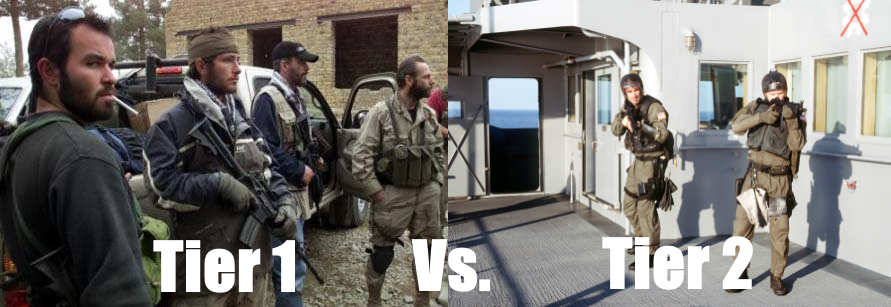In the U.S. military, the “tier” structure among special operators and conventional service members represents an unofficial ranking system of units, based on their capabilities and missions.
There are 3 types of units in the Armed Forces, with conventional units (non-special operations forces) making up the most basic level — sometimes known as Tier 3.
Tier 1 is essentially made up of Special Missions Units (SMU) and Tier 2 is made up of Special Operation Forces (SOF).
Here is an explanation of the difference between special operators, as they are unofficially categorized by Tier 1 and Tier 2.
Related Article – 5-Tier 1 Operators / Special Mission Units Explained
Table of Contents
What Are Special Operations Forces?
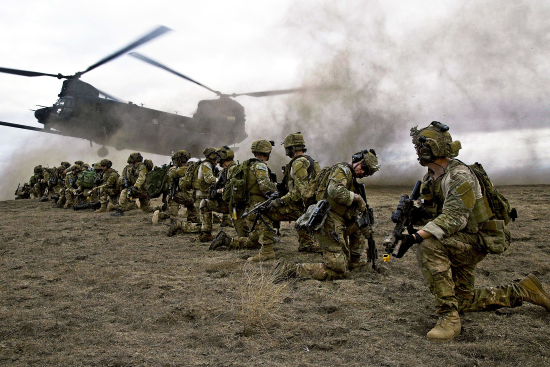
Special Operations Forces (SOF) are made up of Armed Forces service members who participate in a variety of missions.
These missions are different from those assigned to conventional units in terms of their specialized and often secretive nature.
Such missions may include:
- Direct combat
- Counter-terrorism
- Hostage rescue
- Humanitarian assistance
- Other operations
U.S. Special Operations Command (SOCOM) oversees the operations of these highly skilled and typically clandestine military members.
SOCOM began in 1987, with the purpose of providing command, control, and training for all U.S. special operations forces.
Therefore, SOCOM is tasked with the following so special operators can carry out their missions:
- Develop doctrine, tactics, techniques, and procedures for special operations
- Conduct specialized instructional courses for SOF
- Train service members and ensure interoperability of equipment and forces
- Monitor force-preparedness for those assigned to other unified commands
- Develop and acquire specialized SOF equipment, material, supplies, services, etc.
The United States Special Operations Command is headquartered at MacDill Air Force Base in Florida, though SOF members (special operators) can be stationed or deployed anywhere throughout the globe.
What Are Special Operations?
Special operations are missions conducted against strategic and tactical targets by military personnel who are specifically trained, equipped, and organized to carry them out.
These missions may be related to national, military, political, economic, or even psychological objectives.
Overall, special operations are conducted by combat-ready forces for rapid reinforcement of other unified commands across the globe.
SOCOM is responsible for preparing assigned forces to carry out special operations, including psychological operations and civil affairs missions if required.
Special operations can be directed by the U.S. President or Secretary of Defense.
In addition, special operations can be conducted during hostilities or peacetime.
In fact, it’s estimated that special operations forces have been involved in over 95% of military events and incidents since the Vietnam War.
Related Article – Green Berets Vs. Delta Force
Categories Of Special Operators
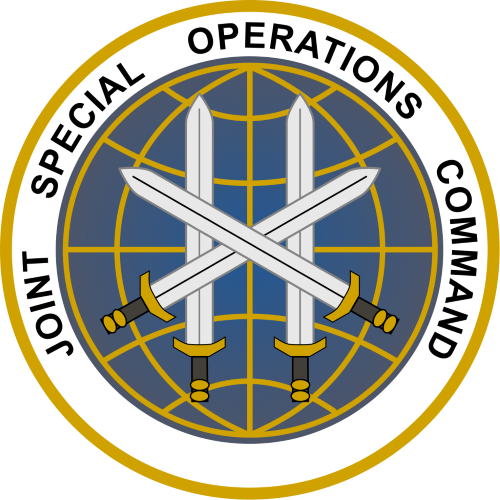
In general, U.S. special ops units fall into two “unofficial” categories: Tier 1 and Tier 2.
Some speculate that the primary difference between these two categories is the level of funding they receive.
However, the difference is related much more to the level of “elite” training, experience, and abilities among the special operators in addition to the requirements and nature of assigned missions.
Tier 1 units are also known as Special Missions Units.
They are commanded directly by the national-level Joint Special Operations Command (JSOC).
These units undertake missions that are critical, critical, and approved at the highest military level.
An example of a JSOC-organized mission would be forces in Iraq or Afghanistan tasked with finding senior leaders of Al Qaeda, ISIS, and/or the Taliban.
Tier 2 units are typically assigned to specific service or regional commands.
Therefore, Tier 2 special operators are only affiliated with SOCOM when coordinating with other units in special operations forces.
For example, a Tier 2 unit may be integrated by JSOC in a mission to fulfill overall or specific operational requirements.
Tier 1
In the U.S. military, Tier 1 unofficially indicates or refers to Special Mission(s) Unit (SMU) and certain military Special Operations Forces.
SMUs are generally involved in high-profile military operations.
They are made up of closed teams and staffed only by invitation.
In addition, SMUs fall under Joint Special Operations Command (JSOC), which falls under SOCOM.
Members of Tier 1 units are considered elite and the best within the military.
These specialized teams often perform dangerous and clandestine missions.
Tier 1 personnel often have prior service experience in Tier 2 units.
They are highly trained with expertise in marksmanship skills, explosive skills, and knowledge of military strategy tactics.
Additionally, Tier 1 special operators are psychologically trained to resist torture and interrogation and skilled in evasion tactics through Survival, Evasion, Resistance, And Escape (SERE) training.
Tier 1 special mission units that are acknowledged include:
- Delta Force—1st Special Forces Operational Detachment, Delta (Army)
- DEVGRU (Naval Special Warfare Development Group) or SEAL Team 6 (Navy)
- 24th Special Tactics Squadron (Air Force)
- Intelligence Support Activity—ISA (Army)
Delta Force
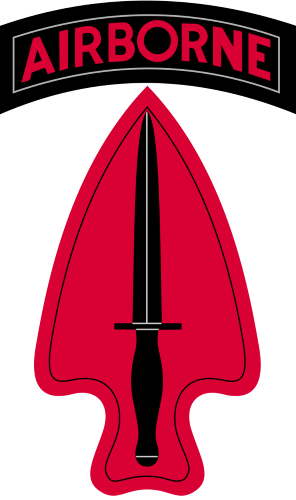
The full name of Delta Force is 1st Special Forces Operational Detachment—Delta.
It is also known as Combat Applications Group (CAG).
This unit was established in 1977 and is part of JSOC, based at Fort Bragg, North Carolina.
Delta Force members are part of the Army branch of the U.S. Armed Forces, and they make up one of the most secretive operations units in the military overall.
DEVGRU
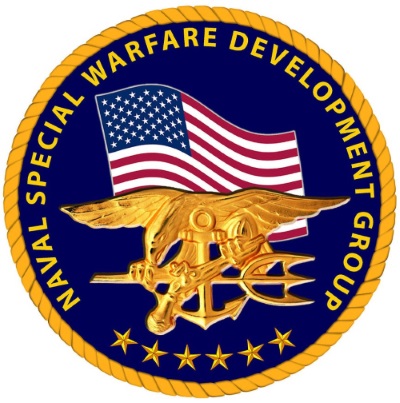
DEVGRU, or SEAL Team 6, is the Navy’s counterpart to the Army’s Delta Force.
This unit’s personnel is sourced from the NAVSPECWARCOM SEAL teams.
These service members are trained as JSOC Maritime counter-terrorism specialists.
Their missions can include rescuing hostages from ships, fighting pirates, and assaulting/exploiting High-Value Targets.
24th Special Tactics Squadron
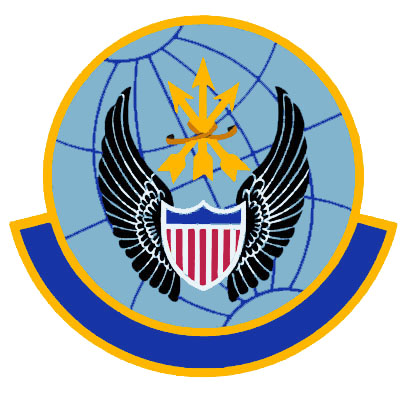
The 24th Special Tactics Squadron is the Air Force’s counterpart to the Army’s Delta Force and the Navy’s DEVGRU.
It is a special tactics unit of the U.S. Air Force Special Operations Command, the USAF component of JSOC.
Intelligence Support Activity (ISA)
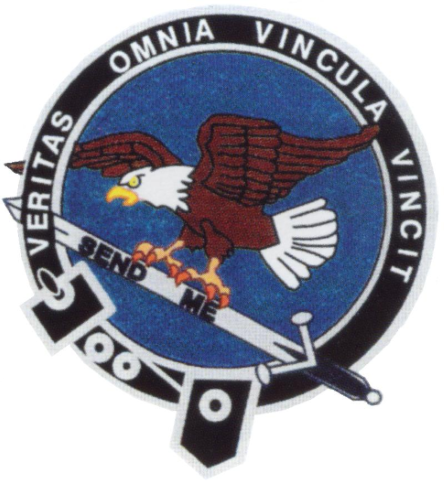
The U.S. Army Intelligence Support Activity (USA ISA) is a special ops unit that is part of JSOC.
This unit is designed to collect actionable intelligence in advance of missions assigned to other special operations forces (particularly Delta Force and DEVGRU) in counter-terrorism operations.
Overall, the special operators assigned to special missions units are the peak members of special operations forces, with a high likelihood of prior service in Tier 2 units.
Related Article – Delta Force Weapons And Gear
Tier 2
Tier 2 units are made up of elite special operators that possess a higher level of skills, expertise, training, and experience than conventional service members in the U.S. military.
However, Tier 2 special operations forces are not considered to have the prestige and skill of Tier 1 units.
Here are just some examples of Tier 2 military units:
- Navy SEALs
- Marine Raiders
- Marine Force Recon
- Combat Controllers (Air Force)
- Rangers (Army)
- Special Forces (Army)
- Asymmetric Warfare Group (Army)
Applicants for these special operations forces must be of the highest caliber in terms of fitness and strength.
In addition, they must have at least three years of military service to ensure they have developed significant and specific military skill sets.
What About Tier 3 Units?
Tier 3 units make up the remainder of the U.S. military as conventional warfare units.
Such units would include those that are part of each branch of the Armed Forces and staffed by conventional service member personnel (not special operators).
This level may not be considered elite like Tiers 1 and 2, but it is absolutely significant to the overall success of the Armed Forces.
Tier 3 units have the most personnel and each branch’s service members go through training that is more basic and universal than those in Tiers 1 and 2.
Special Operators And Civilian Agencies
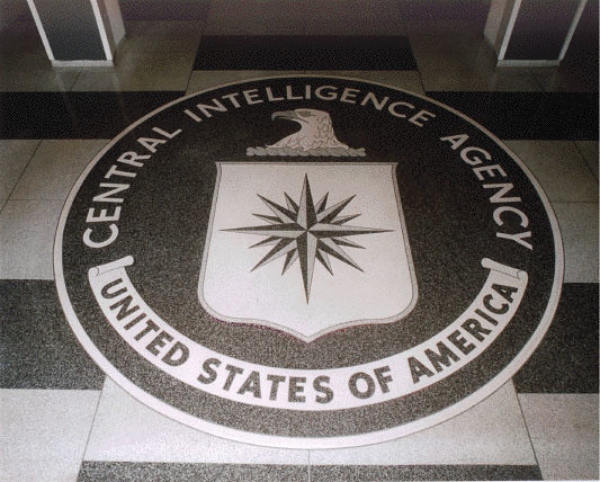
Special ops units often work with U.S. civilian intelligence agencies.
This includes the CIA, whose Special Activities Division is known to recruit personnel from special operations forces.
In addition, special operators can provide support for domestic law enforcement agencies during high-profile or high-risk events such as the Olympics and presidential inaugurations.
Typically, military units are limited in their presence and participation in civilian matters.
However, the Secretary of Defense is authorized to make military personnel available to train federal, state, and local civilian law enforcement in the operation and maintenance of equipment.
Military personnel can also provide civilian law enforcement officials with expertise and advice when requested.
The Secretary of Defense can also call upon specialized military forces in support of civilian agencies, including the FBI.
This is important in the event of national emergencies and especially in any cases that involve nuclear, chemical, or biological weapons.
Conclusion
It is important to recognize that the tier system of categorizing special operators and other military personnel is an unofficial method of classification.
In other words, military units would not use the terms Tier 1 or Tier 2 as references in any official capacity.
However, it is well-known that there are prestigious and elite members of special missions units that are part of the Army, Navy, and Air Force.
These SMUs, considered Tier 1, are highly trained and generally tasked with the most secretive, dangerous, and specialized of missions.
Members of special operations forces are also among the military elite in terms of training and experience when compared with conventional service members.
Yet, these Tier 2 units do not participate in the same missions as those that make up Tier 1 SMUs.
Overall, service members at every level are integral to the function and success of the U.S. Armed Forces.
Service members who become special operators play essential, unparalleled roles in the military and occasionally the civilian sector.
Their dedication, skill level, knowledge, and experience is crucial to operational success.
- Replacing Dog Tags: 6 Things You Need to Know - June 28, 2024
- Navy OAR Test Study Guide - June 24, 2024
- 10 Best Sniper Movies of all Time - June 20, 2024
Originally posted on December 22, 2022 @ 1:31 am
Affiliate Disclosure: This post may contain affiliate links. If you click and purchase, I may receive a small commission at no extra cost to you. I only recommend products I have personally vetted. Learn more.
